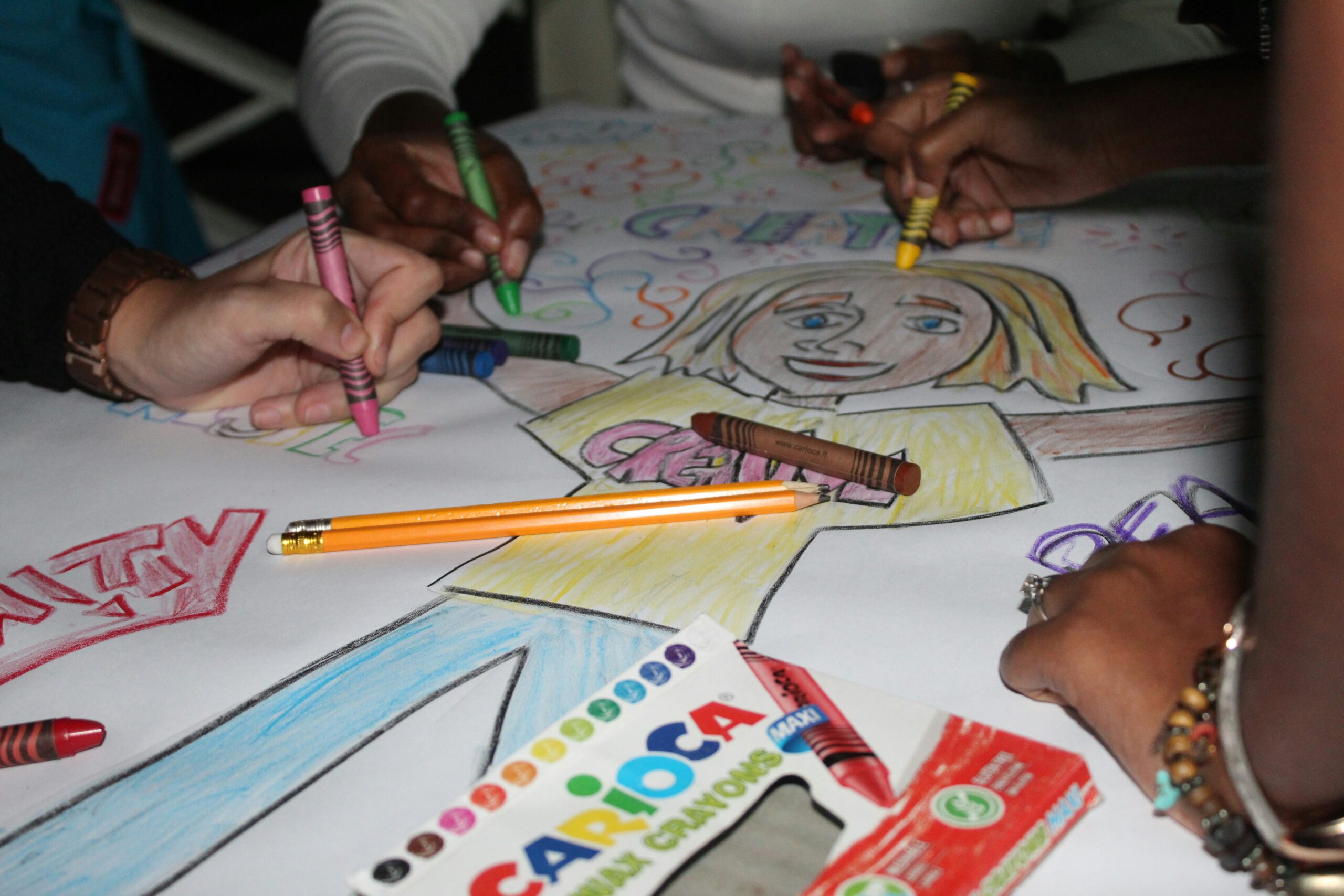In a world where fast-paced content and instant gratification dominate children’s attention, nurturing an appreciation for art may seem like a quiet, even old-fashioned, endeavor. Yet, teaching children to appreciate art is not about preparing them to become painters or critics. It’s about cultivating empathy, creativity, patience, and curiosity—qualities essential not just for artists, but for thoughtful, emotionally intelligent human beings.
This article explores how parents, teachers, and caregivers can guide children in building a lifelong relationship with art. From toddlers smearing paint with their fingers to teenagers analyzing symbolism in paintings, every child has the capacity to connect with art deeply—if we give them the tools, space, and encouragement.
Why Art Appreciation Matters for Children
Before diving into methods, it’s important to understand why art appreciation is essential in childhood development.
1. Enhances Emotional Intelligence
Art helps children identify, express, and process emotions. Whether it’s drawing a picture of their day or reacting to a painting of a stormy sea, children learn that emotions are valid, complex, and sharable.
2. Stimulates Creativity
Engaging with art trains children to think outside the box, explore multiple solutions, and express abstract thoughts through symbols or metaphors.
3. Fosters Observation and Critical Thinking
Children who study art learn to notice details, patterns, and relationships. They begin asking deeper questions: “Why did the artist use those colors?” or “What is this painting trying to say?”
4. Builds Cultural Awareness
Art exposes children to different cultures, histories, and worldviews. It fosters respect for diversity and helps them situate their identity within a broader human story.
Ages and Stages: Tailoring Art Appreciation to Development
Ages 2–5: Exploration Through Play
Focus: Sensory engagement and emotional expression.
Activities:
Finger painting, collages, drawing shapes.
Visiting galleries and naming colors or shapes.
Asking open-ended questions: “What do you see?”, “What do you feel?”
This age is all about play and experimentation. The goal is to make art feel fun, not formal.
Ages 6–9: Discovery and Narrative
Focus: Storytelling and empathy.
Activities:
Looking at illustrations in storybooks.
Visiting children’s museums or art exhibitions.
Creating art based on themes like “my family” or “my favorite place.”
Children begin to connect images with ideas. They enjoy identifying characters, imagining stories behind scenes, and understanding the emotions in artworks.
Ages 10–13: Interpretation and Identity
Focus: Meaning-making and self-reflection.
Activities:
Journaling about favorite artworks.
Comparing different styles (realism, abstract, etc.).
Discussing cultural themes in art (e.g., social justice, nature, heritage).
Preteens often begin asking “What does this mean?” and comparing it with their own feelings and beliefs. This is a prime time to introduce art analysis and historical context in simple terms.
Ages 14–18: Critical Engagement
Focus: Deep interpretation, technical skills, and personal voice.
Activities:
Visiting museums with audio guides or interactive tours.
Creating personal art portfolios or visual diaries.
Debating artistic choices or discussing controversial artworks.
Teenagers may begin to question the role of art in society and explore their own aesthetics. Encourage them to articulate opinions, even if they’re still forming.
Practical Ways to Cultivate Art Appreciation in Children
1. Create an Art-Friendly Environment at Home
Set up a dedicated space for drawing, painting, or crafting.
Stock it with simple, safe materials: crayons, watercolors, paper, clay.
Display their artwork proudly to signal that their creativity is valued.
A creative home sets the stage for frequent, informal engagement with art.
2. Visit Museums and Galleries Together
Choose child-friendly museums or exhibits with interactive elements.
Avoid overloading with information; keep visits short and focused.
Ask questions instead of lecturing: “What do you think is happening in this sculpture?”
Field trips offer the chance to experience art firsthand and develop comfort in artistic spaces.
3. Use Storytelling as a Bridge
Children love stories—and every artwork tells one.
Pair paintings with books (e.g., van Gogh’s works with a biography for kids).
Ask them to make up a story about a scene or character in a painting.
Let them draw a sequel or alternative ending to an illustrated story.
Narrative-based engagement makes art feel alive and interactive.
4. Introduce Art from Around the World
Expand their worldview by exploring:
Aboriginal dot painting from Australia.
African masks and symbolism.
Japanese ukiyo-e prints.
Latin American muralism.
Islamic geometric design.
Frame the artworks in cultural context, not just visual appeal. Ask what the art reveals about a people’s values, beliefs, or environment.
5. Model Curiosity
Show children that you are also learning.
Say things like, “I wonder what this artist was feeling,” or “This reminds me of…”
Let them see you sketch, write, or visit museums.
When adults model artistic curiosity, children learn that it’s okay not to have all the answers—but to ask questions and stay open.
Encouraging Artistic Dialogue
Art appreciation is about dialogue, not right answers. Foster it with these open-ended prompts:
“What do you see?”
“What does this remind you of?”
“How does it make you feel?”
“Why do you think the artist chose that color?”
“If you were in this picture, what would you be doing?”
Use these questions to spark conversations that are reflective, imaginative, and non-judgmental.
Integrating Art into Everyday Life
Mealtimes
Discuss favorite album covers, cartoon styles, or cereal box designs. All of these are forms of visual art!
Travel
Take sketchbooks on trips. Ask children to draw what they see or how they feel about a new place.
Media
Watch animated films or videos and pause to talk about the visual choices.
Art is not confined to museums—it’s woven into our daily surroundings. Pointing this out encourages a mindset of visual literacy.
Digital Tools to Support Art Education
Though screen time should be balanced, digital tools can support and enhance art appreciation:
Google Arts & Culture – High-resolution images and museum tours.
Khan Academy’s Art History – Simple video explanations of famous works.
Tate Kids – Games, how-to guides, and artist spotlights.
Artsonia – A platform for students to showcase and view art online.
Use tech not just for consumption, but for creation and discovery.
Avoiding Common Pitfalls
1. Don’t Force It
If a child seems disinterested, try another approach—music, dance, or film. Let them explore their own entry point into art.
2. Avoid Judgmental Language
Instead of saying, “That’s not how a tree looks,” ask, “Tell me about your tree.” Let children define what art means to them.
3. Resist Over-Explaining
Art doesn’t always need to be “taught.” Sometimes, sitting in silence and simply being with the artwork is more powerful.
Art as a Lifelong Companion
When children learn to appreciate art, they gain more than a skill—they gain a lifelong companion. Art can:
Comfort them in hard times.
Inspire them during moments of doubt.
Help them express what they can’t say with words.
Art becomes a mirror and a window—reflecting their inner world and expanding their view of others.
As they grow, they may forget dates and definitions, but they won’t forget how a painting made them feel, or how a sculpture opened their imagination. That is the real gift of art appreciation.
Conclusion
Teaching children to appreciate art isn’t about turning them into artists. It’s about giving them tools to see, to feel, to question, and to connect—with themselves, with others, and with the world.
It’s about helping them understand that beauty is everywhere—on canvas, on paper, in culture, and in the unexpected corners of daily life. In doing so, we not only raise future art lovers but also future empaths, innovators, and creators.
The earlier we nurture this relationship, the more enduring—and transformative—it becomes.




